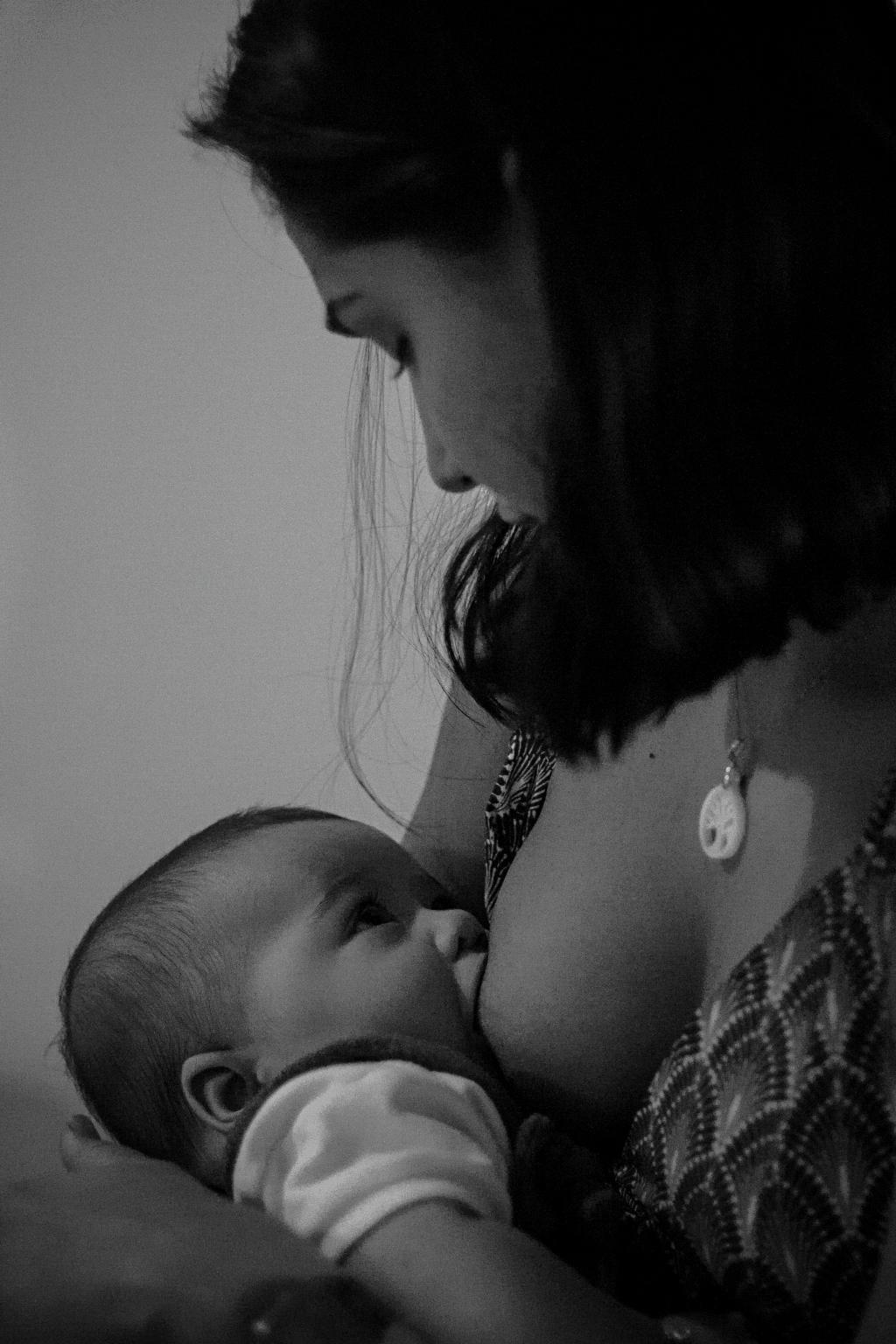When it comes to discussing the factors that may contribute to the lower risk of Sudden Infant Death Syndrome (SIDS) in breastfed babies, several important considerations come into play. One significant aspect to explore is the difference in sleep patterns and arousal levels between breastfed and formula-fed infants.
Research has shown that breastfed infants tend to be more easily aroused from active sleep compared to their formula-fed counterparts, particularly around the ages of 2 to 3 months. This heightened arousal response could play a protective role in reducing the risk of SIDS, as it may help infants regulate their breathing and heart rate during sleep.
Another key factor to consider is the impact of breastfeeding on brain development. Studies have indicated that breastfed babies exhibit increased brain myelination, a process crucial for nerve signal transmission and overall brain function. The enhanced myelination observed in breastfed infants may have implications for their autonomic nervous system regulation, which could be relevant in the context of SIDS prevention.
It is theorized that the neurological effects of breastfeeding, including potential benefits to respiratory control and arousal mechanisms, might contribute to the lower incidence of SIDS in breastfed babies. However, while these mechanisms offer plausible explanations for some SIDS cases, further research is needed to fully comprehend the complex interplay between breastfeeding, infant physiology, and SIDS risk.
Moreover, beyond the physiological advantages of breastfeeding, there are additional factors associated with breastfeeding practices that could also play a role in reducing the likelihood of SIDS. One such factor is the nature of the breastfeeding relationship itself, which involves close physical proximity and frequent nighttime feeds that can enhance maternal monitoring of the infant’s well-being during sleep.
The bonding experience that breastfeeding fosters between mother and baby may contribute to a more secure attachment relationship, which has been linked to improved infant outcomes, including potentially lower SIDS risk. The emotional connection established through breastfeeding can promote a sense of security and comfort for the infant, which may have implications for their sleep patterns and overall physiological stability.
Additionally, breast milk contains a diverse array of bioactive components, such as antibodies, enzymes, and hormones, that provide unique nutritional and immunological benefits to the developing infant. These bioactive factors not only support the baby’s immune system and gastrointestinal health but also potentially influence their overall physiological resilience, which could be relevant in mitigating SIDS risk.
Furthermore, the mode of feeding, whether breast or bottle, can influence an infant’s upper airway function and respiratory control during sleep. Breastfeeding requires a different sucking technique than bottle-feeding, which may promote better oral motor development and potentially reduce the risk of airway obstructions that could contribute to breathing difficulties during sleep.
In summary, the multifaceted advantages of breastfeeding extend beyond mere nutrition and immunological support, encompassing critical aspects of infant development, neuroregulation, and maternal-infant bonding that collectively may contribute to the lower risk of SIDS observed in breastfed babies. While the exact mechanisms underlying this protective effect are still being elucidated, the holistic benefits of breastfeeding for both infant health and well-being remain indisputable.

